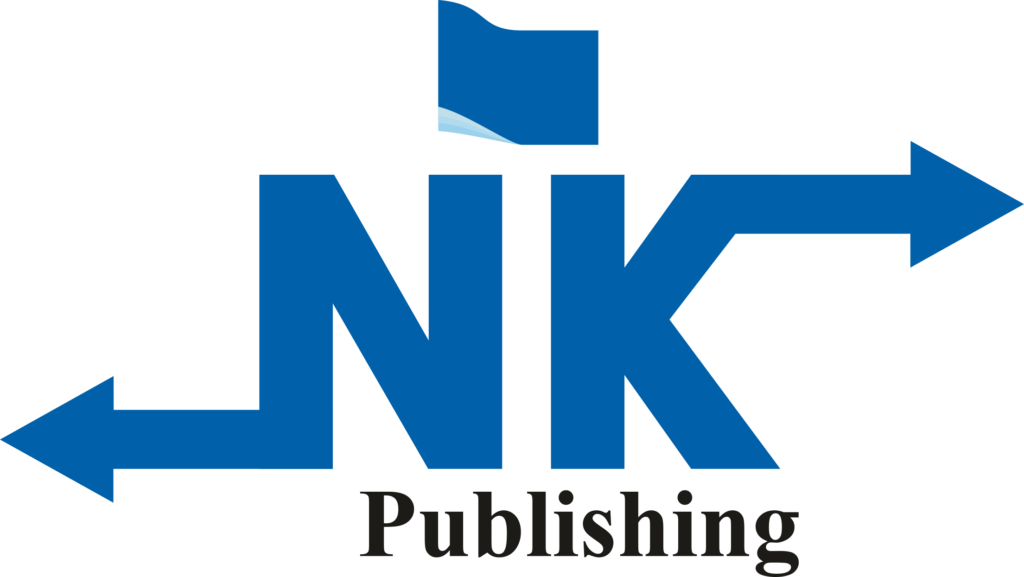PAPER ID:IJIM/V.I(XII)/63-67/8
AUTHOR:Ms. Kanchan Sharma
TITLE : AN INNOVATIVE TECHNIQUE FOR WASTAGE MINIMIZATION IN PRINTING INDUSTRY
ABSTRACT: The printing industry faces pressures to increase efficiency and reduce cost due to global overcapacity and rising costs of raw material. At the same time increased legislative and customer demands to lower the environmental impact of industry activities has created a need for printers to better their sustainable practices. Increasing resource efficiency and reducing waste has therefore become an important aspect to consider for printers wanting to maintain their market position in an increasingly competitive environment. In the printing industry discarded paper is one of the largest sources of waste and is associated with substantial costs and environmental impact. Finding ways to reduce paper waste can therefore present opportunities for printers wanting to become more efficient, engage in more sustainable production and lower costs. Based on this, the purpose of this work is to map the current paper waste situation at a printing and packaging company, investigate its causes and suggest an approach for how paper waste can be reduced at the company. The research strategy of this thesis combines both qualitative and quantitative methods including observations, interviews, production data analysis, and production measurements. The findings reveal that a majority of the paper waste at the company originates from the cutting and offset printing departments. Approximately 42 % of the total generated paper waste originated from the cutting department, and at least 24 % originated from the offset printing department. It was however also found that the potential to reduce paper waste exists in all investigated production steps. Causes of paper waste differ between departments and waste types but main factors influencing paper waste include: a lacking focus on waste reduction, missing accountability for waste generation, a mindset where waste is seen as a necessary and integral part of production, and a difficulty of accurately assessing the paper needed throughout production due to lack of process measurements and accurate production data. It was also found that current imposition practices in combination with using mainly two sheet sizes, inefficient inventory control practices, and lacking housekeeping practices affects the generation of paper waste largely. From the findings it is concluded that reducing paper waste is a complex and cross-functional endeavor which requires continuous efforts if real improvements are to be realized and sustained. Reducing paper waste must become prioritized within the organization and the view of paper waste as necessary altered. Accountability for waste generation should be established, and the environmental strategy and goals anchored in daily shop-floor operations. Accurate production data needs to be made available so that the production process can be monitored and controlled, and continuous improvements enabled. Common reduction techniques such as reusing wasted paper and improving inventory control practices should also be explored
KEYWORDS: Printing, packaging, Printing Industry, competitive environment

 Impact Factor : 6.225
Impact Factor : 6.225